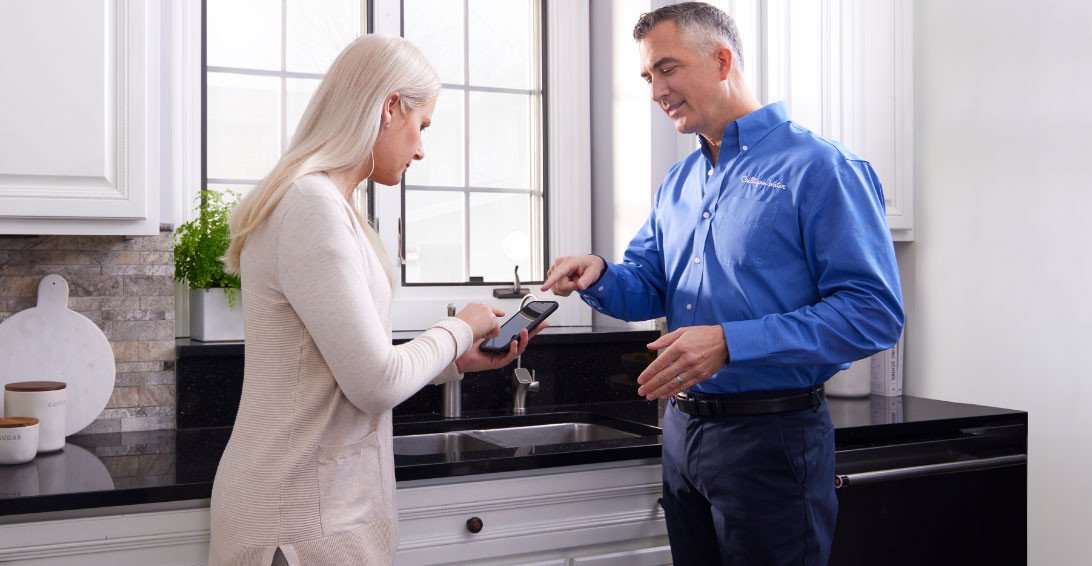Aquasential® Select Series® Water Softener
Say goodbye to the hassles of hard water

Benefits of Aquasential® Select Series® Water Softener
Enjoy longer-lasting appliances
Reduce damaging scale buildup in water heaters, humidifiers and other water-using appliances throughout your home.
Decrease operating costs & save on cleaning supplies
Spend less on soaps, detergents, lotions, water, electricity and other utilities.
Conserve soft water for when you need it most
The patented Cul-Flo-Valv® allows you to bypass these systems when you don’t need soft water, like when you are watering your lawn.
Monitor daily usage & regenerate only when required
Culligan’s meter option monitors daily water use and activates regeneration only when needed to conserve salt and water.
Financing terms defined by third-party vendor if applicable. Dealer participation varies. See dealer for details.

As low as
$
21
per month
A Culligan Aquasential® Select Series® Water Softener gives you
How a water softener works
Water softening utilizes a process called "ion exchange" to remove dissolved minerals such as calcium and magnesium.
These minerals can’t be trapped by a filter, so a molecular reaction is required. Water softeners have resin beads that hold onto sodium, and as the hard water flows through the resin, the sodium is swapped for the hard water minerals. The hard water minerals are trapped in the softener and a trace amount of sodium flows out with the softened water.
Frequently asked questions
This product can help solve the following water problems
Get pricing & special offers
Call 877-984-1822 or fill out the form to get a custom water solution.
Thank you for contacting us!
One of our representatives will contact you shortly.
We ran into an issue submitting your form, please call
877-984-1822
to connect with your Culligan Dealer.




